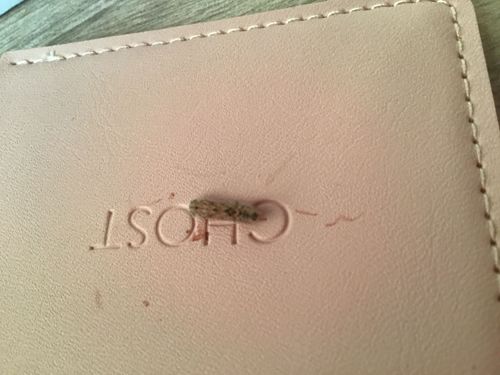Case-bearing Clothes Moth Larva
Scientific Name: Tinea pellionella
Order & Family: Lepidoptera, Tineidae
Size: Larvae typically measure 10-14 mm (about 0.4-0.55 inches) when fully grown.

Natural Habitat
Indoors, particularly in dark, undisturbed areas such as closets, attics, and storage containers. They prefer natural fibers.
Diet & Feeding
Keratin-containing materials, including wool, fur, feathers, hair, silk, and sometimes synthetic fibers if soiled with food or sweat. They also feed on animal hides and museum specimens.
Behavior Patterns
The larva constructs a silken case, which it carries everywhere and enlarges as it grows. It feeds from within this case, leaving behind trails of silk and frass (excrement). They are slow-moving and prefer dark, secluded places. The adult moths are small, winged, and avoid light.
Risks & Benefits
Potential risks: Significant pests of stored goods, causing damage to clothing, carpets, upholstery, and other natural fiber items. They can destroy valuable textiles and museum artifacts. There are no known benefits to humans or the ecosystem in an indoor setting.
Identified on: 9/25/2025